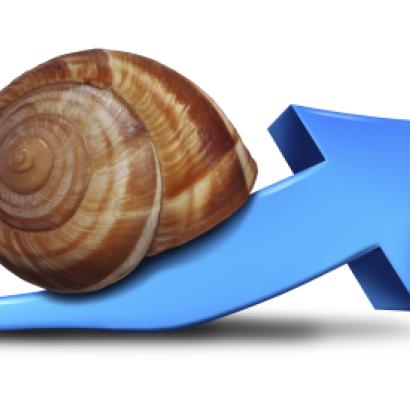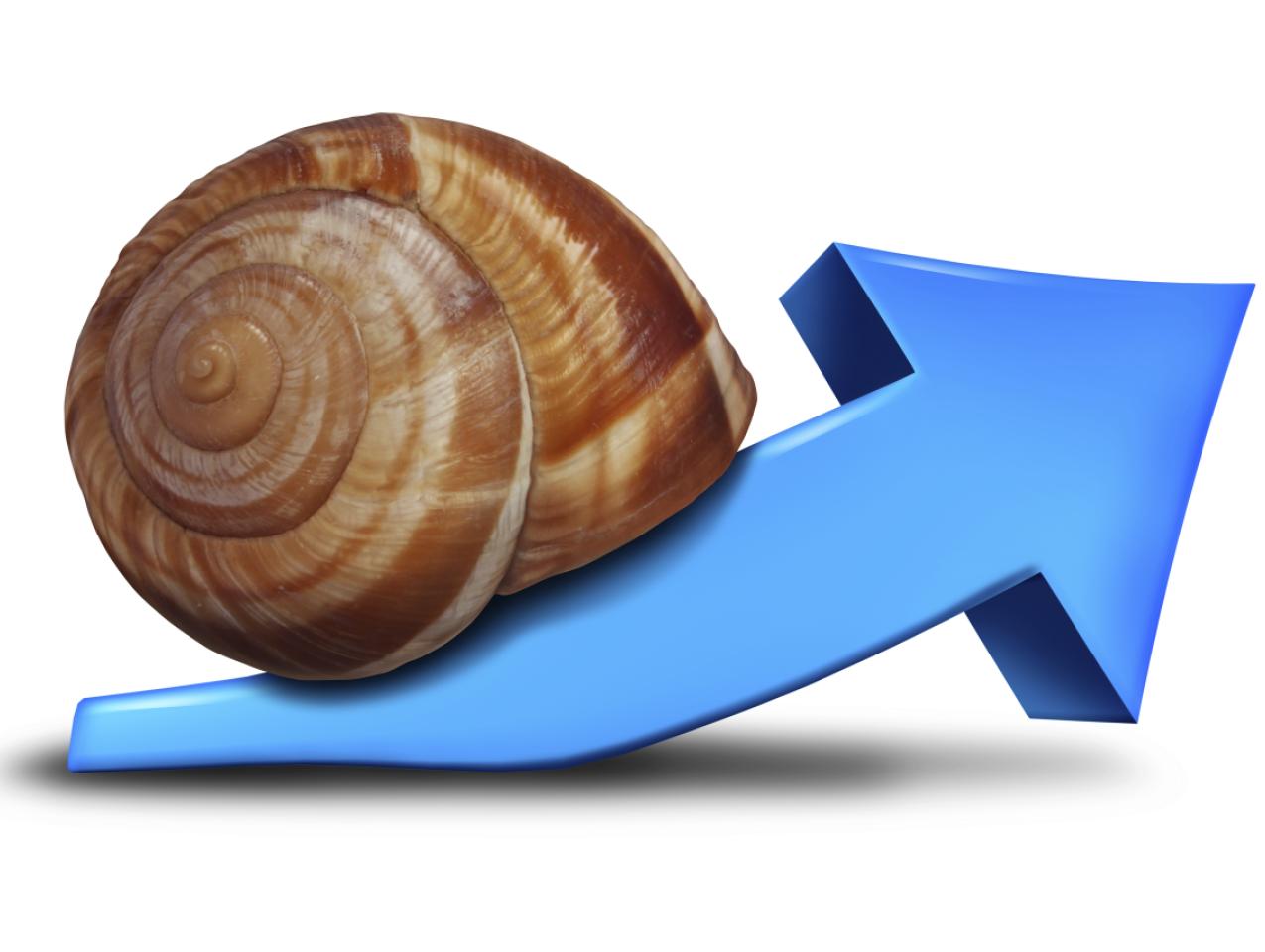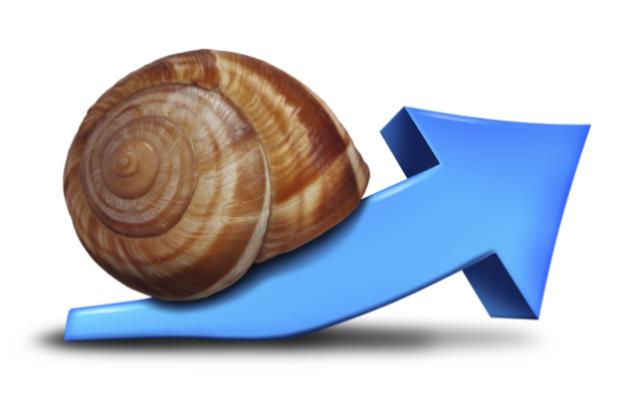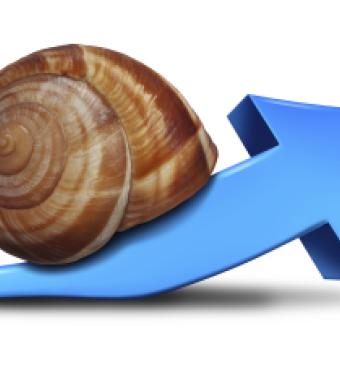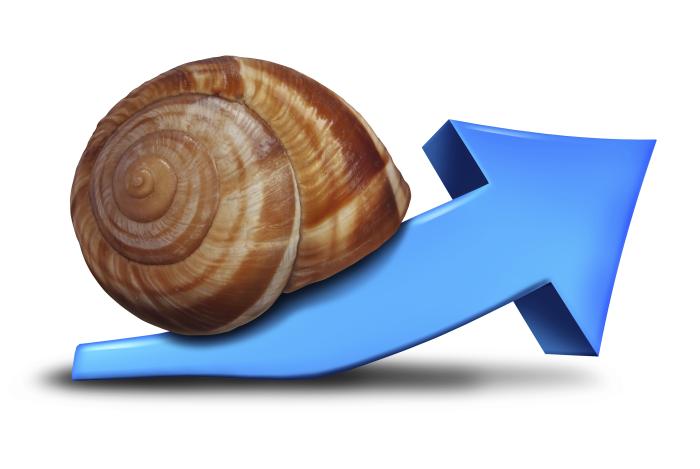- Economics
- US Labor Market
- Law & Policy
- Regulation & Property Rights
- Politics, Institutions, and Public Opinion
- Campaigns & Elections
- State & Local
A number of current and former governors will be running for president in 2016, and each will tout his state’s accomplishments and claim credit for the positives, deserved or not. Politics aside, cross-state comparisons provide a real-world experiment that helps show which economic policies work and which don’t.
Employment, state GDP, labor-law and tax data from 2000 to the present yield two strong lessons. First, a business-friendly climate—market-oriented labor policies and lower taxes—is effective in raising the growth in a state’s gross domestic product and employment. Second, states that suffered the worst employment shocks in the 2007-09 recession had the most rapid postrecession employment growth. This suggests that the weak national recovery cannot be explained by the depth of the recession.
There are a number of ways to categorize a state’s business climate. I focused on labor policies and average tax rates. On average, I found that employment growth is twice as high in states that have a right-to-work law and minimum wages that are below average across states, and the difference is “statistically significant”—meaning that it is unlikely to have occurred by chance. GDP grows about 11/2 times faster over this period in those states.
A state’s labor policies were gauged by its minimum wage relative to other states (or the federal minimum when binding) and whether it had a right-to-work law—which generally prohibits requiring employees to pay dues to a union. Throughout most of the period from 2000 to March 2015, there were 22 right-to-work states. The proportion of a state’s GDP that is taken through taxes varies across states from a high of 12% in New York to a low of 5% in Alaska. The relevant data are available from the Labor Department, the Commerce Department’s Census Bureau and from the Tax Foundation, a nonpartisan research group.
Nevada, Utah, Texas, Arizona and North Dakota enjoyed the highest growth. All have market-oriented labor policies and all but one (Utah) have tax rates that are below average. The poorest performers: Michigan, West Virginia, Mississippi, Illinois and Ohio. Only Mississippi has market-oriented labor policies and four out of five (again excepting Mississippi) have tax rates that are above average. These results do not diverge greatly from a 2014 report for the American Legislative Exchange Council by Arthur Laffer,Stephen Moore and Jonathan Williams, “Rich States, Poor States.”
Indiana, Michigan and Wisconsin changed their right-to-work status during the past three years, although Wisconsin did so too recently to have much of an effect. The before-after comparison is striking. Before the recession, without right-to-work laws, these states averaged slightly negative employment growth that was well below the national average. After right-to-work, growth in these states was 11/2 times the national average.
Among the governors who have announced or are expected to announce for the presidency, Jeb Bush gets the bragging rights. Growth in employment and GDP was substantially stronger during his two terms in Florida (January 1999-January 2007) compared with when he was not in office, even accounting for the business cycle.
John Kasich (Ohio), Mike Huckabee (Arkansas), Scott Walker (Wisconsin), Gary Johnson(New Mexico) and Bobby Jindal (Louisiana) also can boast that their states’ employment growth picked up significantly during their terms. Texas experienced very rapid employment growth under Rick Perry—but he was in office during almost the entire period studied, which rules out comparisons with other Texas governors.
The second result of my cross-state comparison: States that had the most severe recessions on average enjoyed the most rapid comebacks. For example, Florida’s employment growth declined 1.9 times the national average, but its employment growth in the postrecession years was 1.8 times national average. By contrast, Kansas’ employment growth declined by only 45% the national average, but its postrecession employment growth was only 41% the national average. For the nation as a whole, the correlation between the state’s loss in employment and its subsequent growth during recovery is strong. The bigger the hit, the larger the rebound.
President Obama has rationalized the weak recovery by saying that the recession was deep. Recently he told Chris Matthews on MSNBC that “I’ve spent the last six-and-a-half years yanking this economy out of the worst recession since the Great Depression.” His surrogates and supporters have long echoed this trope. But as the University of Chicago’sVictor Zarnowitz pointed out decades ago, the deeper the recession the steeper the recovery. More recently, Michael Bordo and Joseph Haubrich (National Bureau of Economic Research, 2012) also found steep recoveries after financial crises.
What do cross-state comparisons tell us about national economies? First, it is clear that a state’s business climate can induce businesses to relocate to where there are better profit opportunities, and employment growth follows as workers move to states where there are vacancies and away from those with high unemployment. New capital and business startups also prefer states that have a business-friendly environment.
A severe recession is no excuse for a weak national recovery. States hit the hardest recovered the fastest. This in turn suggests that, with the right policies, high growth should have followed the deep recession of 2007-09.
Mr. Lazear, former chairman of the Council of Economic Advisers (2006-09), is a professor at Stanford University’s Graduate School of Business and a Hoover Institution fellow.








